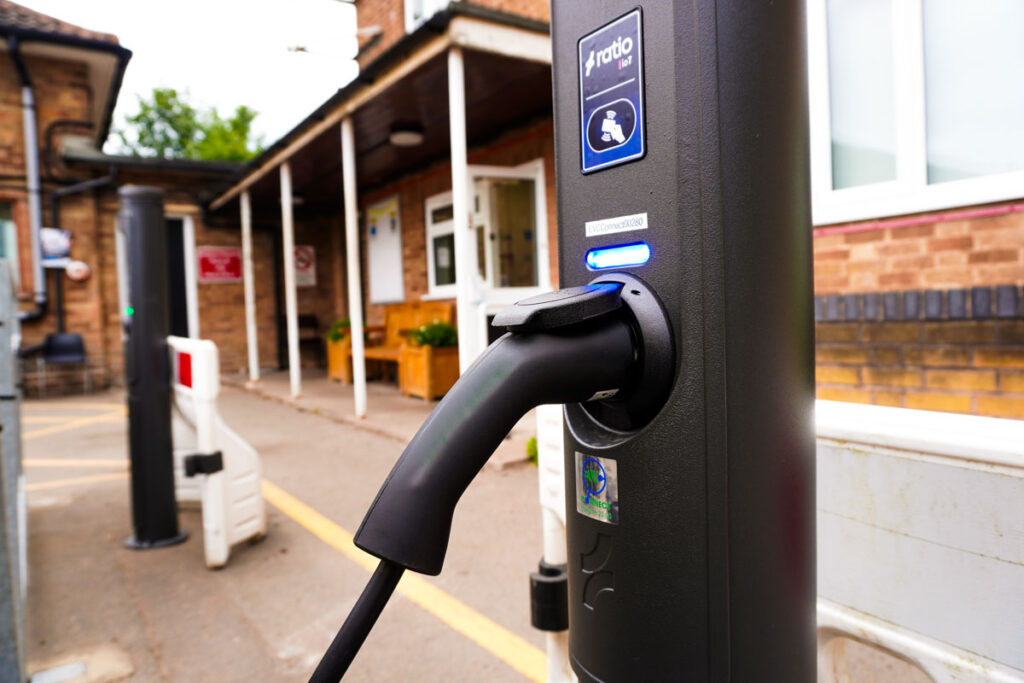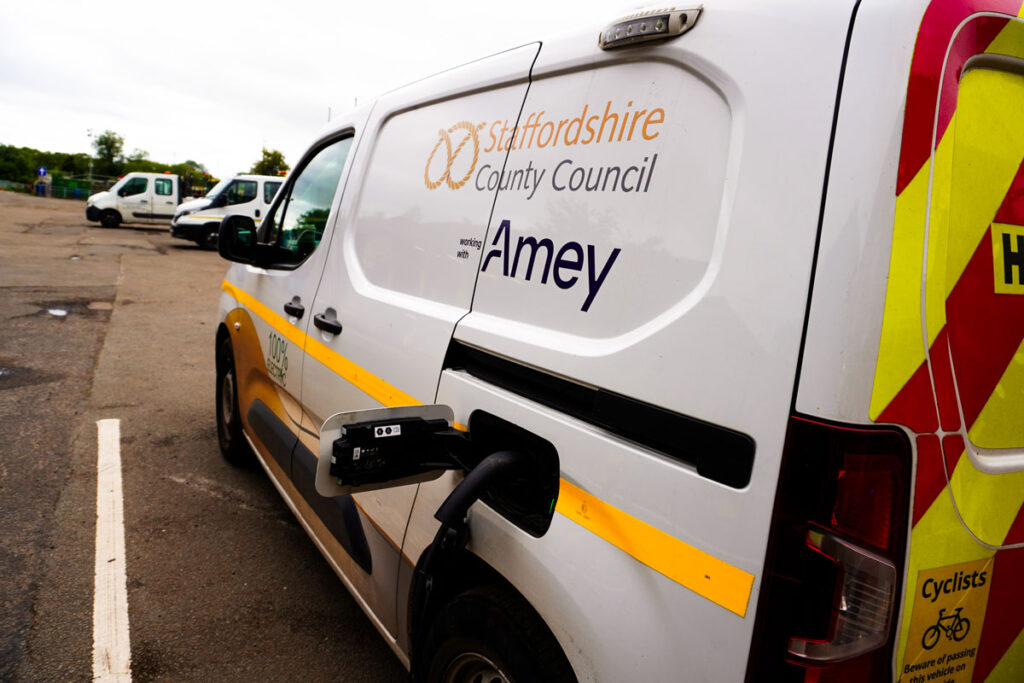Budget 2025: What the New EV Taxes and Incentives Really Mean for Fleet Electrification
Budget 2025: A Turning Point for EV Fleets, But Not in the Way Government Intended
The Chancellor’s Budget has landed with a mix of incentives and penalties that leave many in the fleet and automotive sectors questioning the direction of UK transport policy.
While additional funding has been made available for EV grants and charge points, the headline measure; a 3p-per-mile tax on electric cars from 2028, has been widely criticised as poorly timed and potentially damaging to EV adoption.
Across industry bodies, leasing companies, fleet operators and EV experts, one message is clear:
this Budget increases cost and uncertainty at the very moment businesses need confidence and consistency.
1. The New EV Pay-Per-Mile Tax Could Slow Adoption
The Government confirmed a new electric vehicle excise duty (eVED) from April 2028:
- 3p per mile for EVs
- 1.5p per mile for PHEVs
- Updated annually with CPI
The Treasury frames this as “fairness”, but industry reaction has been overwhelmingly negative.
Key concerns raised:
- Higher total cost of ownership
- Admin burden and unclear reporting requirements
- Reduced consumer interest
- Lower EV sales; the OBR estimates 440,000 fewer EVs sold
- Damage to the used EV market
- Confusion at a time the ZEV Mandate requires rapid scaling
Businesses, meanwhile, already face rising wages, insurance, energy costs and unstable supply chains. Another cost layer is unwelcome.
2. Incentives Are Improving, But May Not Offset New Costs
There were positive measures:
- £1.3bn added to the EV grant scheme
- £100m more for charge points
- VED “expensive car” threshold increased to £50k
- One-year extension to first-year allowances for EVs and charging infrastructure
- Exemption of electric vans from the pay-per-mile tax
These steps offer some relief. But many fleet and mobility leaders argue the incentives are overshadowed by the increased cost of ownership the tax introduces.
As one CEO put it:
“It still feels like one step forward and two steps back.”
3. Fuel Duty Freeze Gives Short-Term Relief, But Increases Later
Fuel duty will remain frozen until September 2026, then rise in stages through 2027.
This gives temporary breathing space but adds longer-term pressure on the cost of running petrol and diesel fleets; a pressure that could otherwise push businesses toward EVs.
Now, with EVs becoming more expensive to run, the Budget risks stalling momentum on both sides.
4. For Fleets, the Real Issue Is Uncertainty
Almost every industry leader quoted across the articles arrives at the same conclusion:
the Budget creates more questions than answers.
This uncertainty affects:
- Fleet replacement cycles
- Lease pricing
- Depreciation models
- Energy forecasting
- TCO calculations
- Long-term sustainability plans
In short: it becomes harder for businesses to take the next step with confidence.
5. What Fleets Can Control — and Where EVC Solutions Helps
While policy moves unpredictably, your infrastructure strategy doesn’t have to.
At EVC Solutions, we help businesses create a resilient, future-proof charging ecosystem built around clarity, not political noise.
Our end-to-end process gives fleets a stable basis for decision-making:
1. Consultation
Understand fleet operations, duty cycles, costs and constraints.
2. Survey
Grid capacity, depot readiness, and load forecasting.
3. Design
A bespoke, scalable, ZEV-aligned infrastructure plan.
4. Installation
Reliable delivery with minimal downtime.
5. Management & Support
Monitoring, optimisation and ongoing performance assurance.
When done properly, infrastructure becomes the anchor that allows fleets to continue electrifying, no matter what the Budget brings.
Final Thoughts: Policy May Waver. Your Strategy Doesn’t Have To.
This Budget sends mixed signals: more grants and infrastructure funding, yet new taxes that could slow EV adoption.
But fleets can’t afford to wait for the 'perfect' policy environment.
Businesses that build strong charging foundations now will be the ones that stay ahead; compliant, efficient, and ready for the next phase of the transition.
If you want certainty in an uncertain landscape, we’re ready to guide you.

